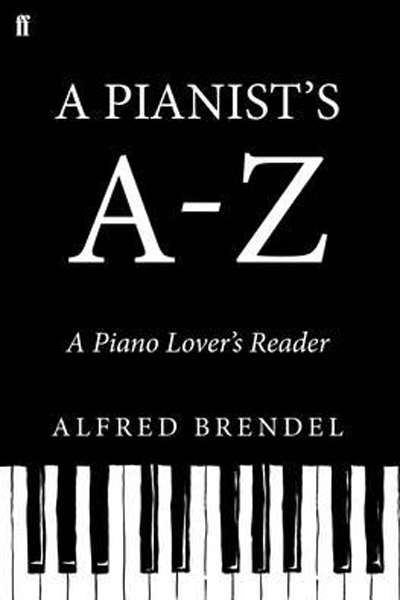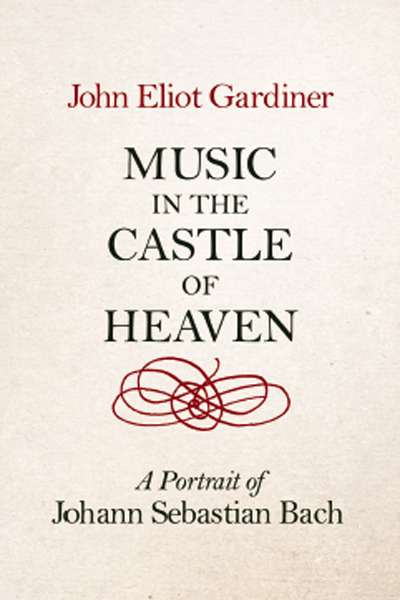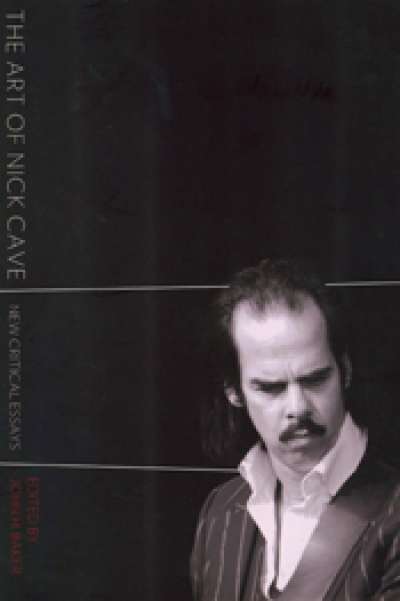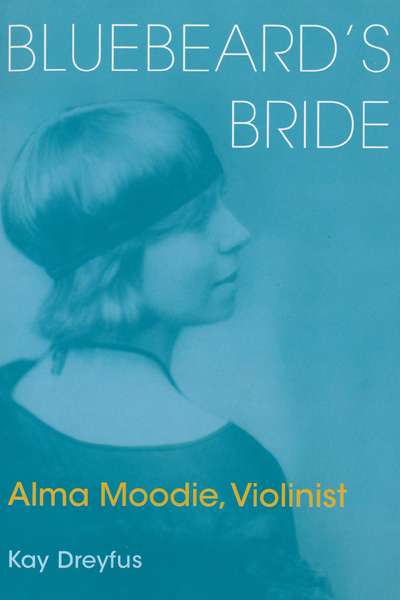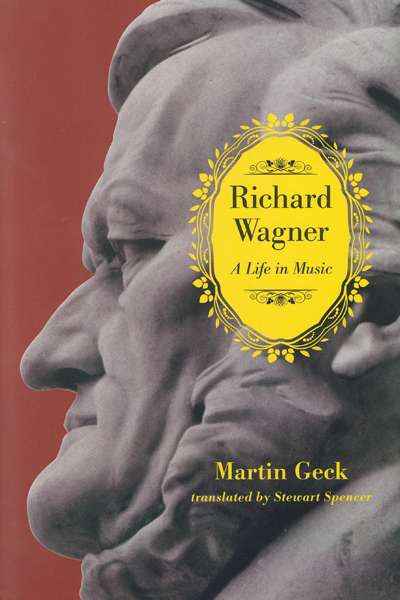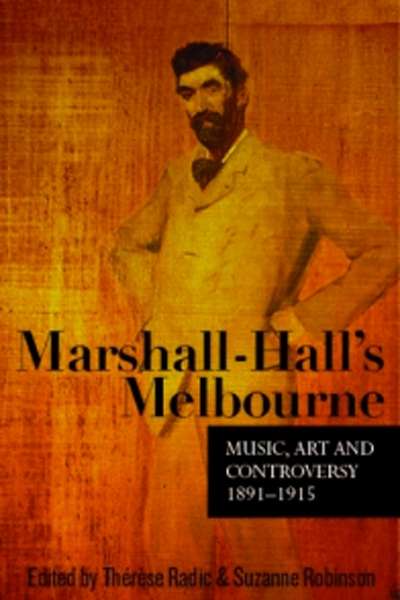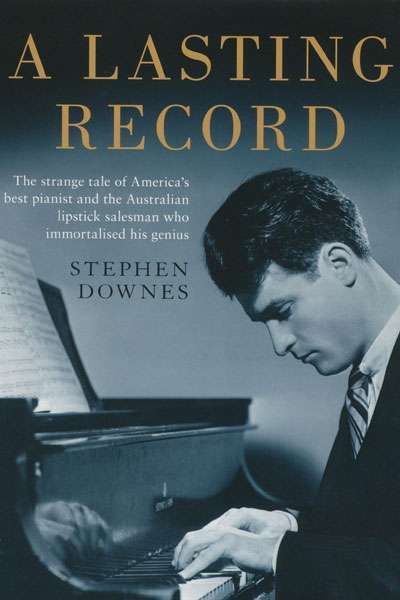Music
A Pianist’s A–Z: A Piano Lover’s Reader by Alfred Brendel with Michael Morley
by Dina Ross •
Forbidden Music by Michael Haas & Hollywood and Hitler by Thomas Doherty
by Michael Morley •
Music in the Castle of Heaven: A portrait of Johann Sebastian Bach by John Eliot Gardiner
by Michael Shmith •
THE ART OF NICK CAVE: NEW CRITICAL ESSAYS edited by John H. Baker
by Tim Byrne •
Bluebeard's Bride: Alma Moodie, Violinist by Kay Dreyfus
by Sheila Fitzpatrick •
Richard Wagner: A Life in Music by Martin Geck (translated by Stewart Spencer)
by Robert Gibson •
Marshall-Hall's Melbourne: Music, Art and Controversy 1891–1915 edited by Thérèse Radic and Suzanne Robinson
by Benjamin Millar •

